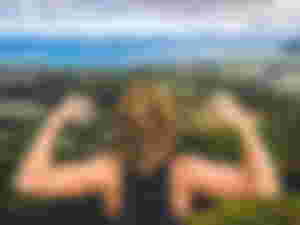
The muscles which swathe the skeleton and are present in many other tissues supply the power for all the body's movements, from walking and running to breathing and digestion. The skeletal muscles contract to move bones about their joints like levers on a fulcrum. This is putting it in the simplest terms. In reality, nearly all bodily movements require the interplay of muscle groups, with the contraction of the prime mover being balanced by the relaxation of complementary muscles.
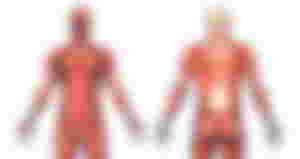
The skeletal muscles, being under conscious control, are called 'voluntary'. Another term for them is striated muscles. This refers to the appearance of the bundles of fibres of which they are made. As in all muscles, each fibre is a single cell. In the voluntary muscles, however, the fibres contain many overlapping strands of two different filaments: one containing the protein, actin; the other a different protein called myosin. Under the light microscope the overlap of the two filaments within a skeletal muscle fibre shows up as a dark band against the lighter color of the rest. Hence the name, striated. The arrangement of muscle fibres varies according to the function of the muscle. A muscle with a twisting action, such as the trapezius in the back, for example, has its fibres arranged in spirals.
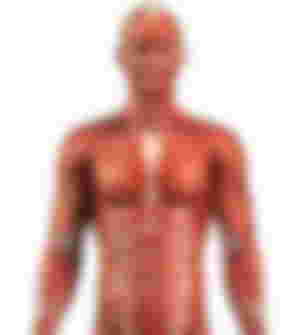
Our control over the voluntary muscles is non-specific. When we wish to move an arm or a leg, it is the brain that automatically notifies the particular muscles involved. The message it sends induces the release of a chemical, acetylcholine, at nerve endings. Acetylcholine initiates a chemical reaction within the muscle fibre, causing actin micro threads to slide towards myosin micro threads, contracting the muscle. During contraction lactic acid is created as a by-product. Cramp and muscle fatigue results from the accumulation of lactic acid during strenuous exercise: the blood cannot deliver enough of the oxygen required to break it down.
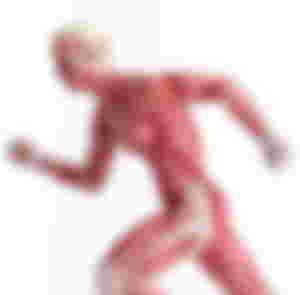
The many muscles under control, not of the conscious mind, but of the automatic nervous system are divided into two categories: the cardiac muscle of the heart wall, and smooth muscle which performs a variety of unsung tasks in the body. Both types are involuntary, but cardiac is striated whereas smooth muscle is not.
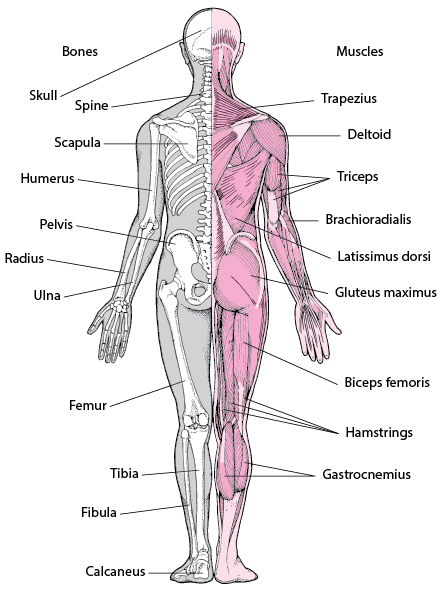
Cardiac muscle puts man-made engines in the shade, commonly working non-stop for seventy years to keep blood flowing around the body. Smooth muscle, to mention just some of its jobs, moves food through the digestive canal, expels wastes from the urinary bladder and babies from the uterus, and controls blood flow in the arteries and veins.

BODY MUSCLES
Attached to the bones are nearly 700 skeletal muscles which control movement, maintain the posture of the body and generate heat to help keep it warm.


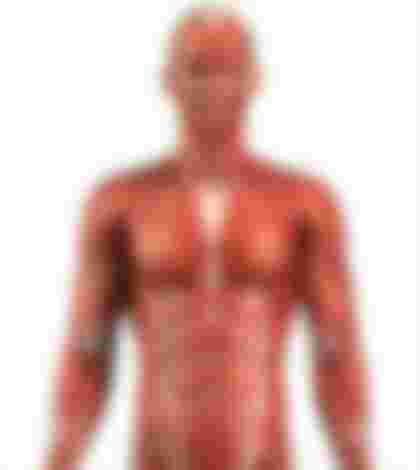
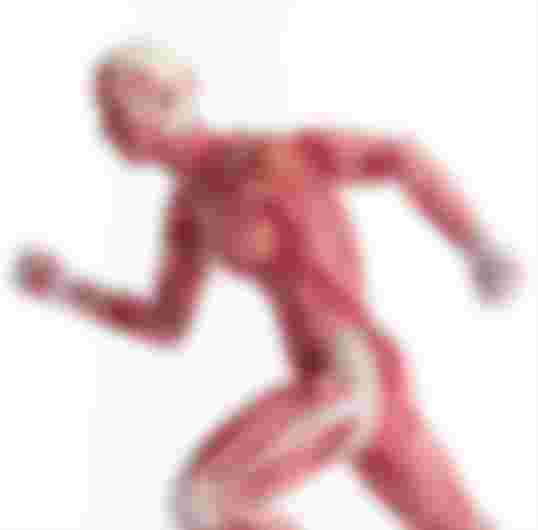
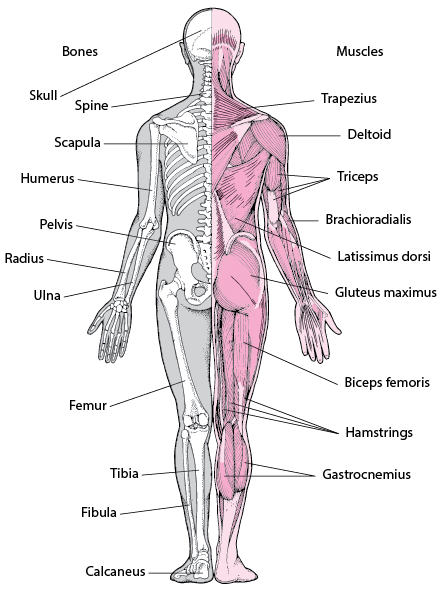
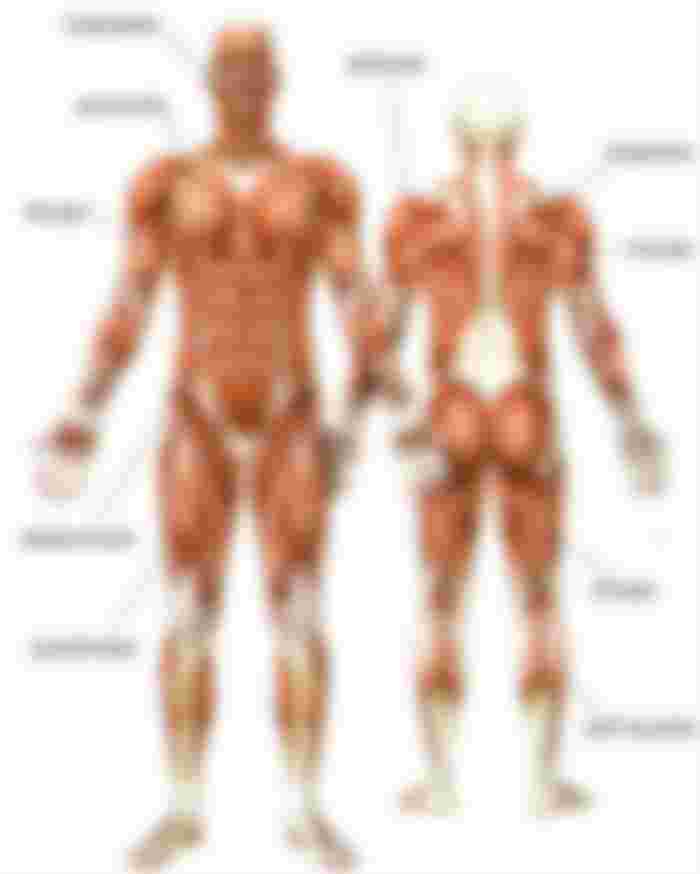
The muscular system is very vast, without the muscle, I guess if we can be able to have support in our systems. I have a built up muscle too, so without it I can't support the lift up of so many items. So glad you drop this which reminded me of the days I spent in school in biology class. Thank you. You can check out my articles too. Am a #RandomBloger I post about different aspects of life